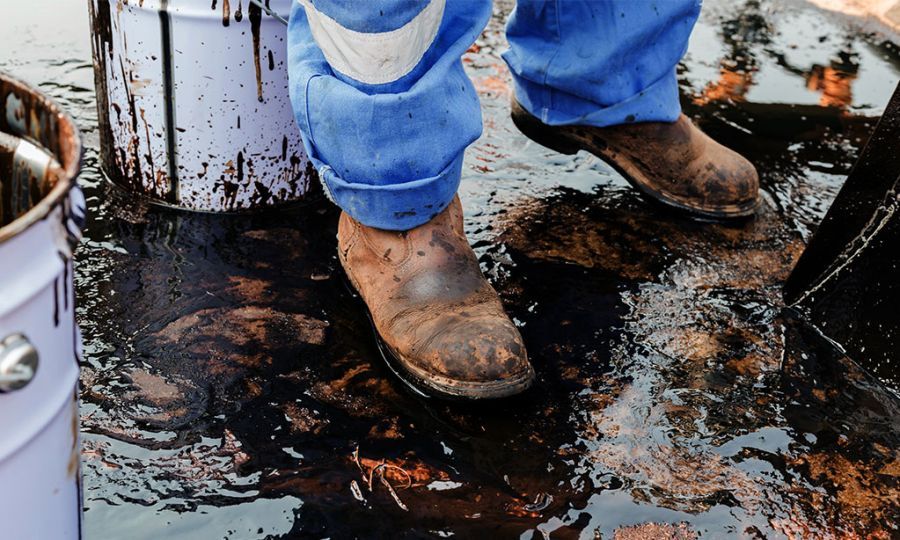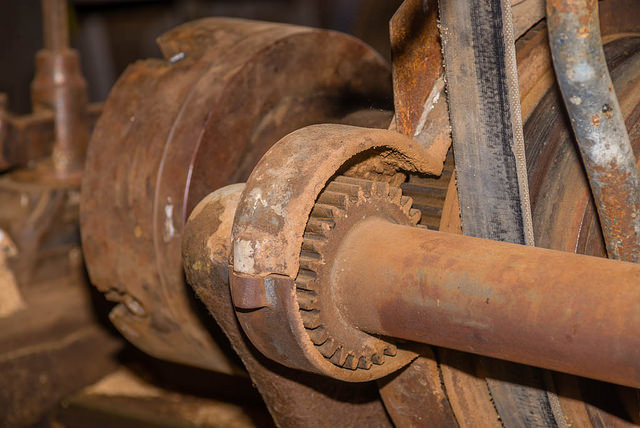
Oil overflow in gearboxes is a common maintenance concern that can lead to breakdowns and reduced equipment life. It typically results from a combination of mechanical, operational, and installation issues.
Common Causes:
Overfilling: Exceeding recommended oil levels leads to pressure buildup, especially during thermal expansion.
Wrong Oil Type/Viscosity: Causes foaming or circulation issues, forcing oil out through seals or vents.
Clogged Breather: Prevents pressure equalization, pushing oil out of weak spots.
Worn Seals: Aged or damaged seals allow oil leakage under pressure.
Thermal Expansion: Heat increases oil volume—if not accounted for, overflow occurs.
Overload or Misalignment: High speed or load raises internal pressure, worsening leak risk.
Improper Mounting: Uneven installation causes oil pooling and localized overflow.
Contaminants or Foaming: Water or dirt reduces oil effectiveness, promoting leakage.

Preventive Measures:
Maintain oil at recommended levels.
Use the correct grade and type of oil.
Inspect/clean breather vents regularly.
Check and replace worn seals.
Ensure proper alignment and level installation.
Monitor load, speed, and temperature.
Run routine maintenance and oil analysis.
⚙️ Bottom Line:
Controlling oil overflow is about more than just filling levels—it's about optimizing the entire lubrication ecosystem. Proper practices reduce failures, save lubricant, and extend gearbox life.
To know more please discuss with us
Email us at sj.answrs@cenlub.com
Call us at +91 9319008393
Regards
Shweta Jindal
Senior Manager Marketing
